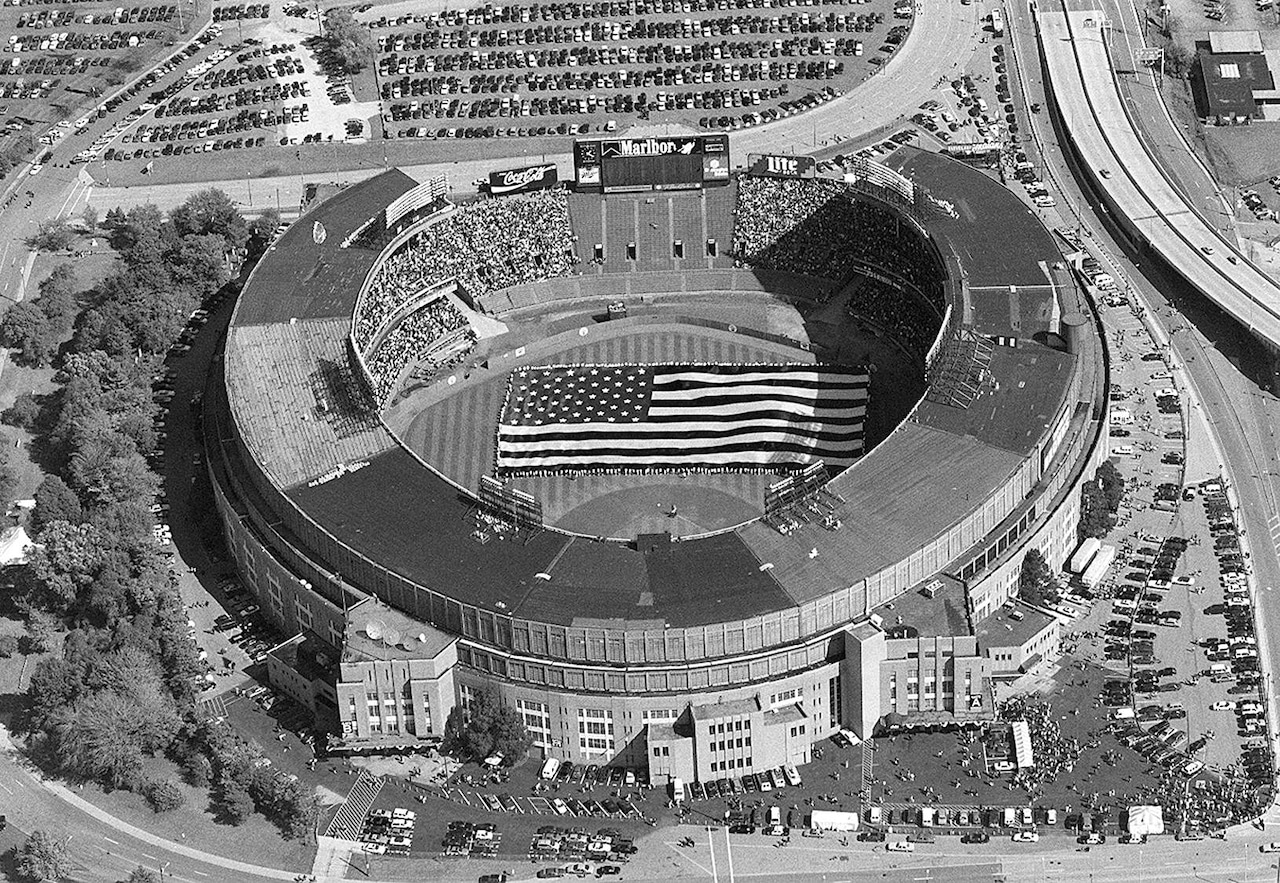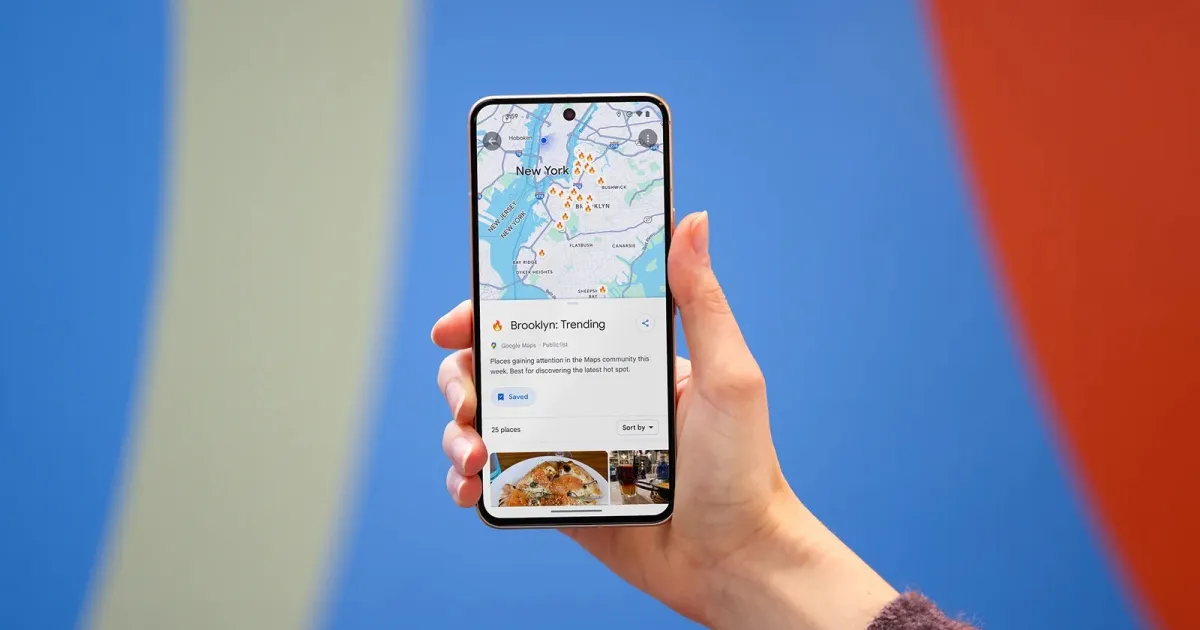Copyright cleveland.com

CLEVELAND, Ohio — For nearly a century, Cleveland has devoted a stretch of its lakefront to a mammoth sports stadium with the help of tax dollars — a civic tradition that began with a bond issue and will end with the departure of the Browns football team. It was in 1928 that voters approved a $2.5 million bond issue to build the city’s first stadium on the downtown waterfront. The proposal, backed by city officials and a group of citizens “especially interested in building a great downtown sports center,” passed with nearly 60% support — comfortably above the 55% required for approval, according to Plain Dealer stories from the time. Among the early backers were the Cleveland Indians, who promised to use the facility. The lakefront stadium opened in grand style on July 3, 1931, hosting a heavyweight championship bout between Max Schmeling and Young Stribling. Over the decades that followed, the venue became home to generations of Cleveland sports, hosting some Indians and Cleveland Rams games in the early years before becoming the full-time homes of the Indians and Browns in the late 1940s. The Browns left town for Baltimore after the 1995 season. But county voters that same year overwhelmingly approved an extension of the sin tax to help build a second stadium on the site, continuing the tradition of football on the lakefront when the Browns returned to the NFL in 1999. That long chapter is now closing. When the Browns depart for a new stadium in Brook Park - planned for after the 2028 NFL season - the lakefront stadium, the second built on the same site, will be demolished. And 100 years after the original bond, Cleveland will no longer be pouring tax dollars into maintaining a massive stadium on the edge of Lake Erie. Mayor Justin Bibb said he fought to keep the Browns downtown. But given the numbers, he may ultimately have done the city budget a favor by letting them go. The cost of playing host While Browns games bring tens of thousands of fans downtown a few Sundays each year, they’ve also brought a hefty price tag for the city. “A lot of residents I find do not really understand what we are paying for the stadium,” Councilman Mike Polensek said earlier this year after peppering city budget officials with questions. City records and estimates show Cleveland spends about $19 million annually on costs tied to the lakefront stadium — including capital repairs, debt payments, insurance and police, cleveland.com found. That’s more than the roughly $17 million the city collects each year in taxes and other revenue directly related to stadium use. The city’s current yearly expenditures break down this way: Loan payments: $9.3 million a year, ending in 2028, to pay off the original $197 million in bonds for the initial cost of $287 million for the stadium. Capital repairs: $3.9 million a year, based on the average over the last five years. The city projects $4 million a year going forward through the end of the lease. Payments to the team: $2 million a year through 2028 to pay back the Browns for the city’s portion of stadium work done in 2014-15. Property taxes: $824,000 this year. Insurance: An average of $620,000 a year. Police costs: About $2.4 million a year, based on 13 large events and city hall’s estimate of “over $200,000 a game” with less for concerts. On the revenue side, taxes and the sale of electricity generate more than $17 million a year for the city: Admissions tax: $9.97 million last year from Browns games and other stadium events. Sin tax: About $4.5 million. This is the city’s share for the football stadium from the countywide sin tax split evenly for the baseball, basketball and football venues. Income tax: About $1.8 million a year is received under an income tax-sharing agreement with Berea, where the team practices. Parking tax: $500,000 in city property tax revenue attributed to the stadium. Property tax: $100,000 for the city’s portion from the overall tax bill. Electricity: About $500,000 in profits for Cleveland Public Power for stadium electricity use. An additional $1.2 million or so comes from parking fees at the Willard Garage and Muni Lot, though those operations also carry their own costs. The financial equation is far from disastrous, but it underscores why many experts argue that sports stadiums rarely deliver the economic returns promised when they’re built. “There is no evidence at all that football stadiums create a decent anchor. It’s a flash flood and then drought,” Victor Matheson, a Holy Cross economics professor and expert on the topic, said during a telephone interview recently. “For 10 or 15 days a year, the area is usable. The other 350 days a year, it’s barren.” Ned Hill, as professor emeritus from Cleveland State and Ohio State universities specializing in city and regional planning, has followed the Cleveland stadium economic debate over the years. He said City Hall should welcome the Browns’ departure. Hill said the Browns moving to Brook Park lifts “any sort of contractual or moral obligation for the city to continue the subsidy cycle that the NFL holds out every 20 or 30 years. … The city is out from underneath that cloud.” But Ken Silliman, the retired long-time Cleveland City Hall insider and author of the book, Cleveland Sports Facilities, a 35-Year History, said the original deal to build the current stadium that opened in 1999 was a good deal financially for the city, especially since the repair bills were often below $1 million a year in the early years. And he said the same could have been true in the future — had the state not committed $600 million for the Brook Park stadium. “I’m not saying the state would have come up with $600 million for the lakefront (stadium), not even close,” Silliman said during a recent interview. But he believes if the city and Browns jointly had approached the state for help to renovate the existing stadium, the state would have made a contribution and “the city’s share going forward when measured against the tax revenue per year could have still been a worthwhile city investment.” A new future for the lakefront Bibb has called the Browns deal the best possible outcome under the circumstances — one that not only relieves Cleveland of costly long-term obligations but also opens up new possibilities for the downtown waterfront. The agreement with the Browns secures at least $50 million for lakefront redevelopment and requires the team to pay for demolishing the stadium and readying the land for new use. The redevelopment footprint doubles the available area to 50 acres. “I see it as an opportunity we never had before — a blank canvas to truly imagine what that land can be,” the mayor said, when asked if the stadium being removed from the lakefront could be seen as a win. But in the end, will the departure of the Browns be a net positive or negative on the city’s budget? “We might see a short-term dip,” he said, “but long term, with the other planned investments, we’ll be OK.” After nearly a century of public investment in lakefront football, Cleveland is poised for something new — and for the first time since 1928, the city’s lakefront future won’t depend on a stadium.



